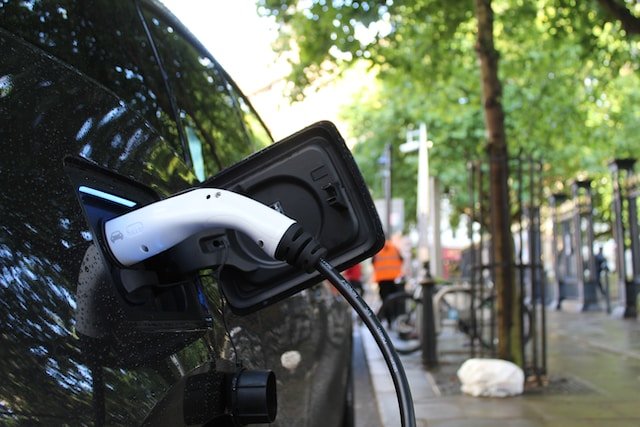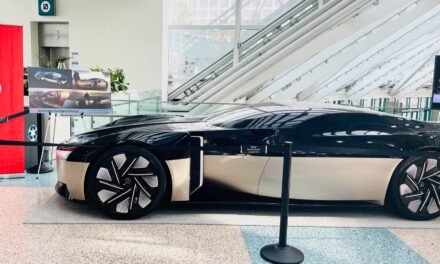
How to Take Advantage of DC Fast Charging for Cross-Country Trips

Embarking on a cross-country trip in an electric vehicle (EV) presents a thrilling opportunity to explore the vast landscapes while embracing sustainable travel. The cornerstone of such a journey is efficient charging, particularly leveraging Direct Current (DC) Fast Charging. This technology significantly reduces charging times, making long-distance EV travel more practical and enjoyable. In this article, we’ll explore key strategies and tips for maximizing the benefits of DC Fast Charging, ensuring your cross-country adventure is both seamless and memorable.
Understanding DC Fast Charging
The first step in leveraging DC Fast Charging for your cross-country trip is understanding what it is and how it differs from other charging options. DC Fast Chargers, often found at public charging stations, can charge your EV significantly faster than traditional Alternating Current (AC) chargers. This is due to their ability to deliver a higher power output.
Knowing the capabilities of your EV’s battery system is crucial. Not all EVs can accept the highest power levels offered by some DC Fast Chargers, so it’s important to know your vehicle’s charging limits. For instance, a car that can only accept up to 50 kW won’t charge faster on a 350 kW charger.
Additionally, it’s essential to understand that the charging speed can decrease as the battery reaches its full capacity. This is a normal process designed to protect the battery’s health. Therefore, planning your charging stops when your battery level is between 20% and 80% can optimize charging speed and reduce wait times. Understanding these nuances of DC Fast Charging enables you to plan your route more effectively, ensuring that you spend less time charging and more time enjoying your journey.
Locating DC Charging Stations Along Your Route
A crucial aspect of planning a cross-country trip with an EV is identifying where DC charging stations are located along your route. Fortunately, with the growing popularity of electric vehicles, the availability of DC Fast Chargers has significantly increased, making it easier to find stations on major highways and popular travel routes.
To effectively locate DC charging stations, utilize dedicated EV navigation apps or in-built vehicle navigation systems that specialize in EV travel. These tools not only show the location of charging stations but also provide vital information such as the type of chargers available, their power output, and real-time availability. Some apps even offer the ability to filter stations based on compatibility with your specific EV model, ensuring that you only stop at stations where you can charge efficiently.
Additionally, planning your stops around these charging stations is essential. Consider factors like the distance between stations, the estimated range of your EV, and your travel schedule. By integrating the locations of DC charging stations into your travel plan, you can ensure a smooth and worry-free journey across the country.
Managing Charging Time and Costs
Efficiently managing both charging time and costs is crucial for a hassle-free cross-country EV trip. DC Fast Charging stations, while speedy, often come with a higher price tag compared to slower AC charging options. To optimize both time and expenses, planning is key.
First, familiarize yourself with the pricing structures of different charging networks. Some operate on a pay-per-minute basis, while others charge by the amount of energy delivered. Membership or subscription plans can offer lower rates, so consider signing up with major networks along your route.
Second, plan your charging stops strategically. While it’s tempting to charge the battery to full at every stop, this may not be time-efficient. Batteries charge more quickly when they are less full, so charging up to 80% often provides the best balance between time spent and miles gained. This strategy also helps in managing costs, as the final 20% of charging tends to be slower and more expensive due to reduced charging speed.
Preparing Your Vehicle for Optimal Charging
Preparing your electric vehicle for optimal charging performance is a critical step before embarking on a cross-country journey. Ensuring your EV is in top condition can significantly impact how efficiently it charges at DC Fast Charging stations.
First, check your vehicle’s battery health. A well-maintained battery not only charges more efficiently but also holds its charge longer, providing greater range. Before your trip, consider having a professional inspect your battery to ensure it’s functioning optimally.
Temperature also affects charging speed. In colder weather, batteries can charge slower. Preconditioning your EV’s battery, a feature available in many modern electric cars, warms up the battery to an ideal temperature for charging, especially useful if you’re starting from a cold location.
Lastly, keep your vehicle’s software updated. Manufacturers often release updates that can improve charging efficiency and overall vehicle performance. This simple step can make a noticeable difference in your EV’s charging capabilities during your journey.
Feature Photo by Jenny Ueberberg on Unsplash











![How do you combine Sustainability, Health and the Hotel Industry, Dr. Andreas Färber? [INTERVIEW]](https://luxebeatmag.com/wp-content/uploads/2024/08/1920_klosterhof-team-dr-andreas-farber-im-beratungsgesprach-440x264.jpg)























